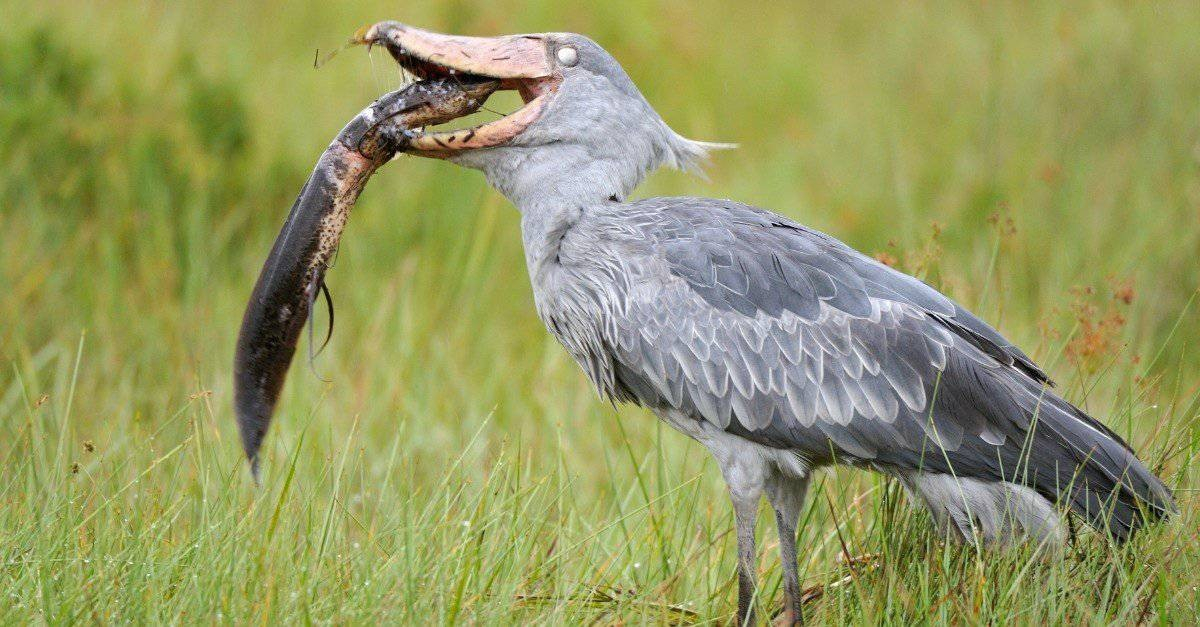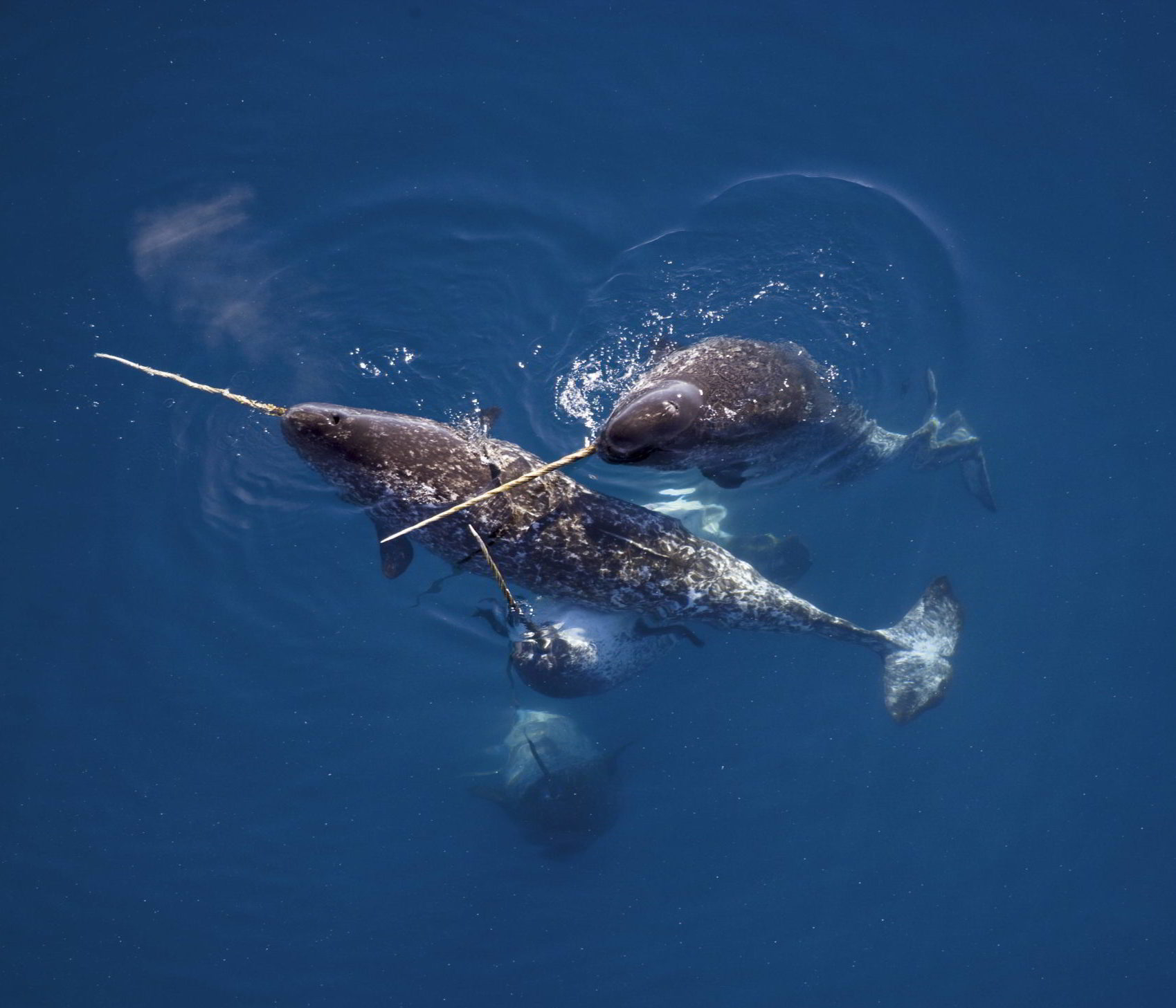The natural world is filled with an astonishing array of creatures, each adapted to its environment in unique ways. Among them are some of the most peculiar animals, whose features and behaviors both intrigue and perplex observers. Let's take a look at what makes them truly strange and fascinating.
-
Shoebill Stork:
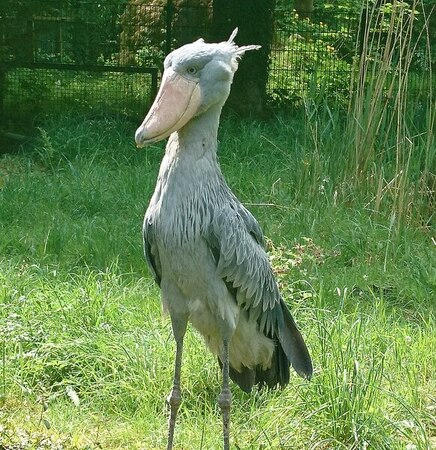
- Found in the swamps of central tropical Africa.
- Renowned for its distinctive, shoe-shaped bill.
- Known for its adept hunting skills using its bill.
- Captivates observers with its prehistoric appearance and unique bill structure.
-
Harpy Eagle:
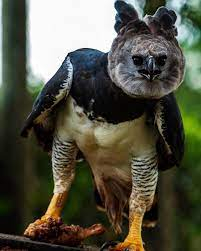

- Inhabits the rainforests of Central and South America.
- Distinguished by its impressive wingspan, reaching up to seven feet.
- Recognized as a top predator in its habitat.
- Intrigues with its formidable appearance and powerful hunting abilities.
-
Yeti Crab:
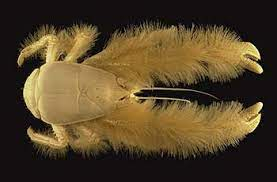
- Thrives in the deep ocean depths, particularly near hydrothermal vents.
- Noted for its hairy appearance, reminiscent of the mythical Yeti.
- Relies on chemosynthesis for energy, a rare trait among crustaceans.
- Fascinates with its unusual adaptation to extreme deep-sea environments.
-
Narwhal:
Inhabits the icy Arctic waters and is often referred to as the "unicorn of the sea."
- Characterized by its long, spiral tusk, believed to be a sensory organ.
- Capable of deep dives and extended submergence.
- Intrigues with its mysterious tusk and ability to thrive in harsh Arctic conditions.
-
Okapi:
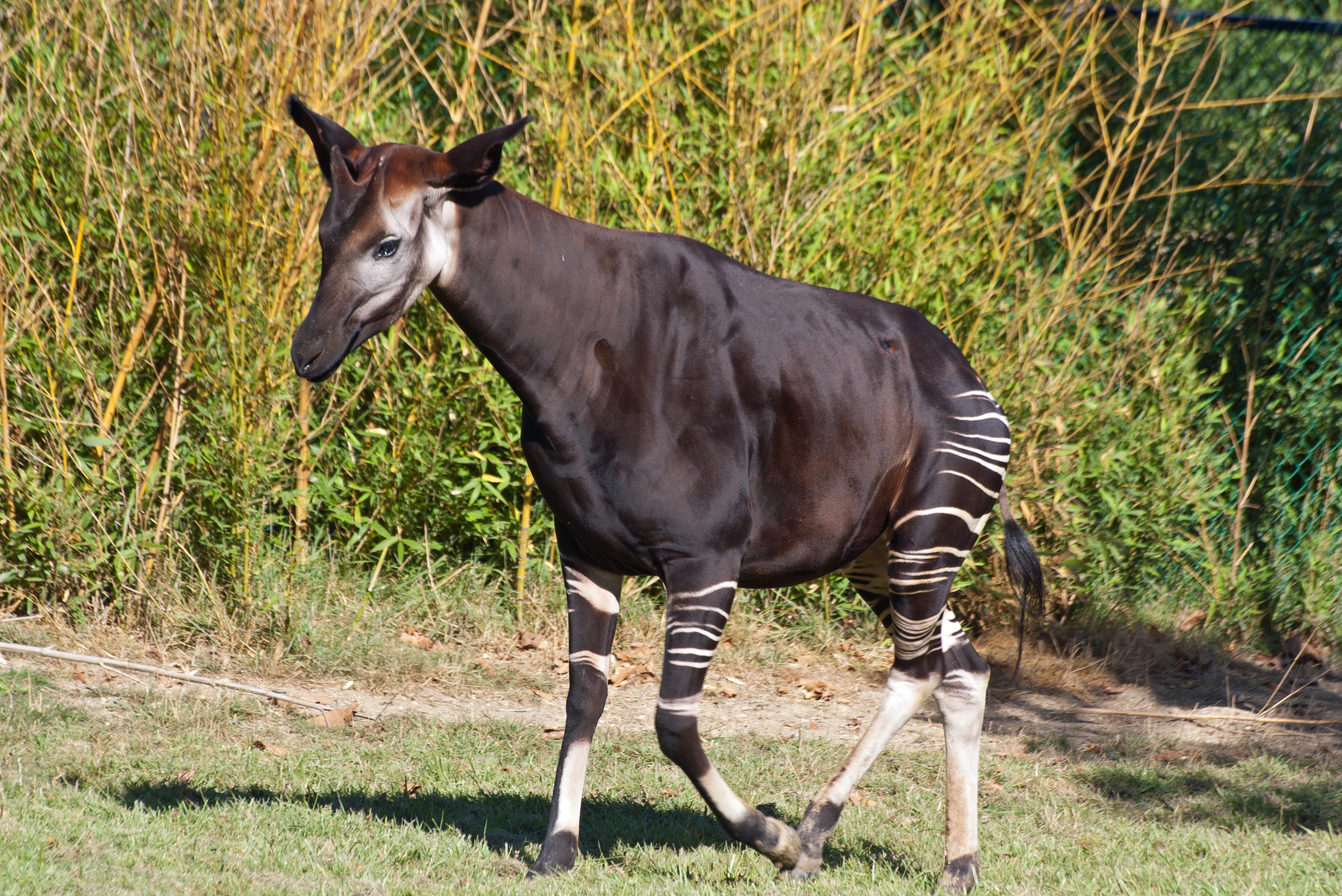
- Resides in the Ituri Forest in Central Africa, a forest-dwelling mammal.
- Recognized for its zebra-like stripes and unique appearance.
- Often likened to a forest giraffe due to its distinctive features.
- Fascinates with its peculiar appearance and close relation to giraffes.
These extraordinary creatures offer a glimpse into the diverse and remarkable world of wildlife. Each species possesses distinct features and adaptations that have evolved to suit their unique environments. Through continued exploration and conservation efforts, we can ensure that these fascinating animals continue to thrive in their natural habitats for generations to come
